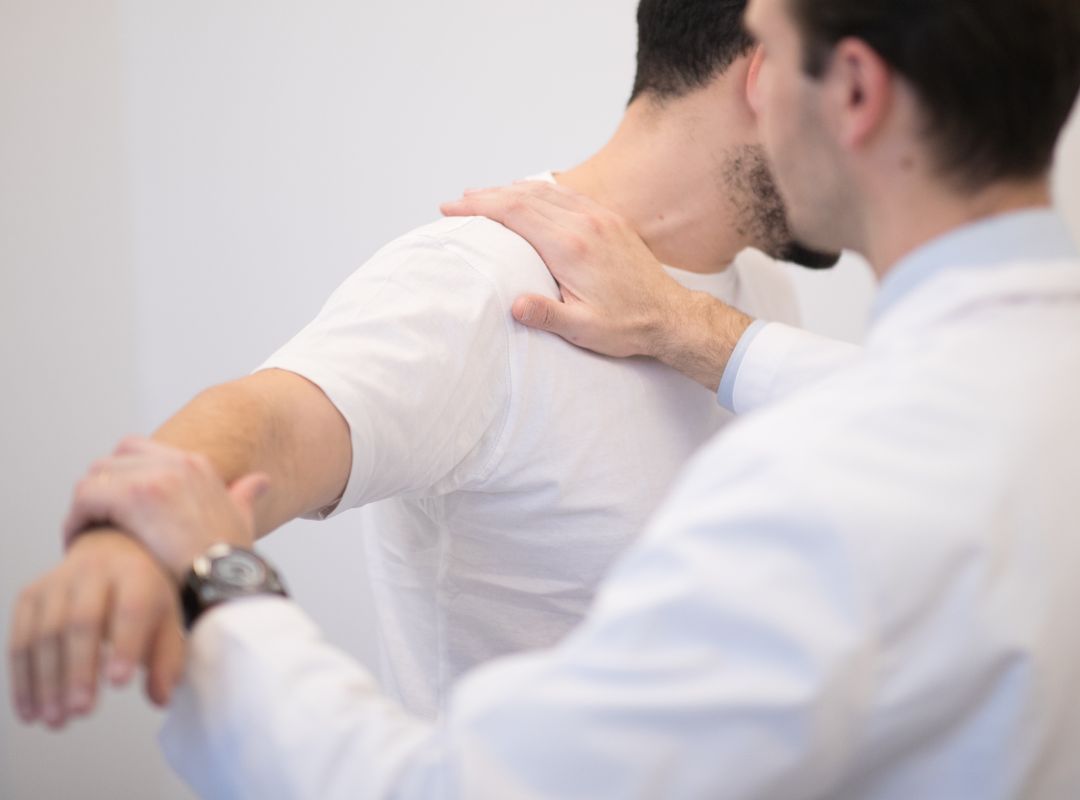Rotator Cuff Rupture
Rotator Cuff Rupture
What is the rotator cuff?
What is the rotator cuff?
The rotator cuff is a set of four tendons that form a “belt” in the shoulder region, providing stability and participating in the elevation and rotation of the shoulder.

What are rotator cuff tears?
What are rotator cuff tears?
Rotator cuff tears are one of the most common causes of shoulder pain, with a significant impact on quality of life.
They are characterized by the loss of integrity of the tendon structure near its insertion in the shoulder. The most frequently affected tendon is the supraspinatus muscle, both due to its structural characteristics and vascularization, and its anatomical location where it can be involved in a process of pinching by the surrounding bone structures.
Are all hood breaks the same?
Are all hood breaks the same?
Rotator cuff tears can be divided into two large groups, according to the injury mechanism.
Acute cuff tears occur after trauma, such as a fall on the arm or exertion with excessive loads.
Chronic, or degenerative, tendon cuff tears occur over time in the process of progressive wear of the tendons, as a consequence of repetitive shoulder movements, overload due to professional occupation and the natural aging of the tendon structures, and may be an evolution of the tendon cuff tendonitis process.
I have a ruptured hood, how can I identify it?
I have a ruptured hood, how can I identify it?
In the case of acute rotator cuff tears, the pain often begins in association with a specific traumatic event and may be accompanied by an inability to perform certain movements, such as raising the arm above the head or behind the back. Typically, the pain and inability persist even after a few days of anti-inflammatory medication and rest, and there may be a partial but not complete improvement in symptoms.
Chronic or degenerative cuff tears present more insidious complaints. The typical symptom is pain that begins gradually, without an associated determining event, that worsens with certain movements and is often worse at night, and may even wake the patient.
There may also be a decrease in shoulder strength and difficulty in reaching the hand above the head or behind the back. On the other hand, a degenerative tear that did not cause pain may be aggravated after an effort or trauma to the upper limb, which unbalances the compensation mechanisms naturally developed by the shoulder.
What are the treatments for rotator cuff tears?
What are the treatments for rotator cuff tears?
Acute rotator cuff tears often benefit from early surgical treatment, while chronic tears often respond to conservative treatment, and surgery can also play an important role, using minimally invasive techniques such as arthroscopy.
For more information on conservative and surgical treatment options for rotator cuff tears, see here .
